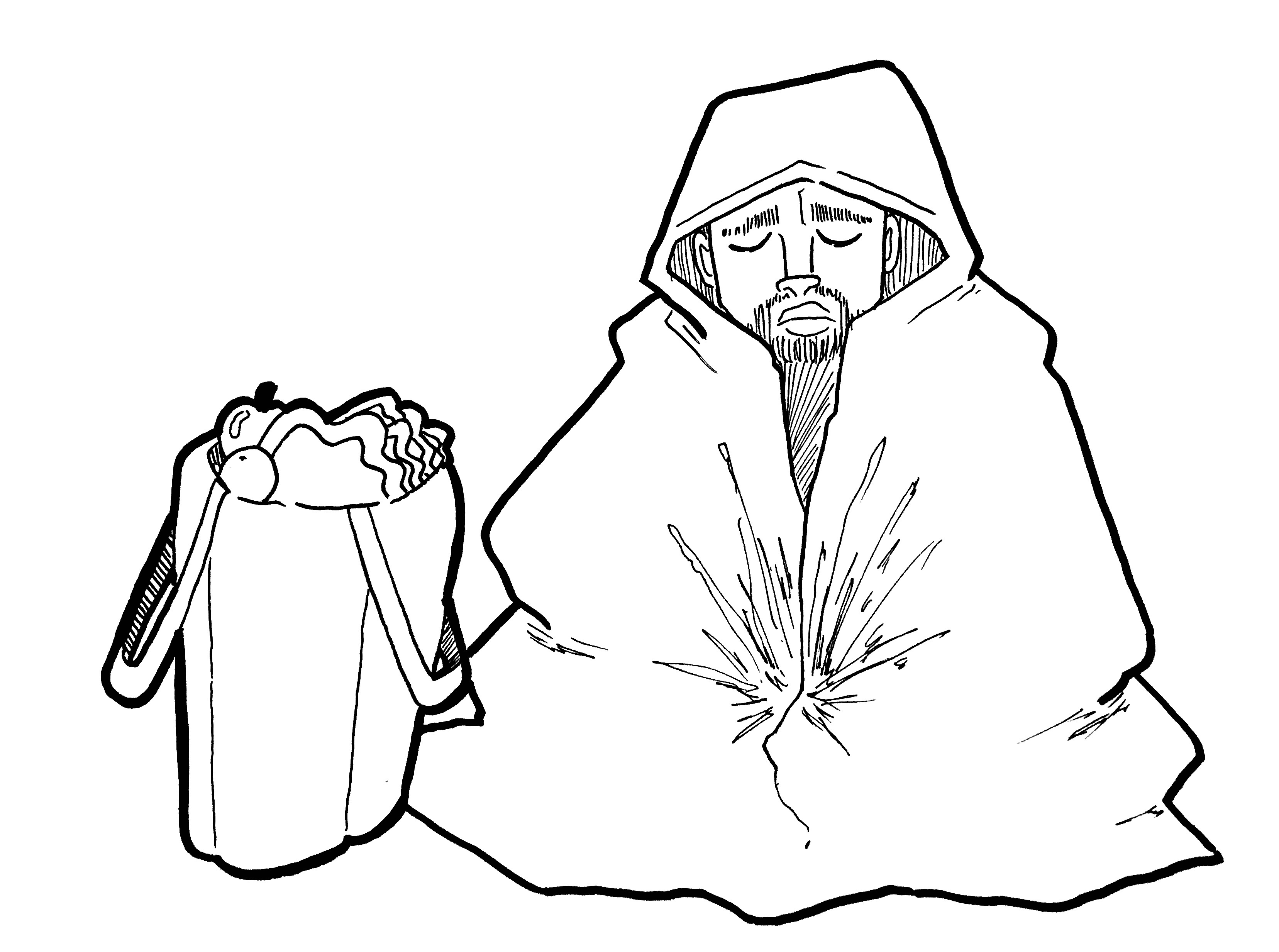OPINION: The University should take homelessness into its own hands
Los Angeles has one of the largest populations of chronically homeless people in the country. According to the Los Angeles Times, in the last six years, the homeless population surged by 75 percent. The Times also points out that “the problem has only gotten worse since Mayor Eric Garcetti took office in 2013 and a liberal Democratic supermajority emerged in 2016 on the county Board of Supervisors.”
Uniquely situated fewer than five miles from Skid Row, the epicenter of Los Angeles’ homeless crisis, the University must be aware of the problem and has the opportunity to contribute to solutions. Citizens and private organizations — including students at the University — have the ability to aid the homeless in ways the government does not.
In Los Angeles, the local city government has failed to approve enough housing permits to satisfy the need. In fact, a report last year from the California Housing Partnership Corporation revealed the city needs more than 500,000 new affordable units to satisfy demand. This shortage is largely due to overregulation and excessive rules that make acquiring building permits difficult. The restrictions on homebuilding aren’t limited to the city of Los Angeles either. As the Los Angeles Times explains, “[State] Legislators have shied away from tackling broad efforts to increase housing supply, such as overhauling the California Environmental Quality Act or reforming the tax code to incentivize residential development.”
The effect of this housing shortage is simple supply and demand. The more the demand for housing exceeds the supply, the less affordable the houses become. This scarcity increases the cost of living, thereby increasing the percentage of people who cannot afford a place to stay.
Liberal policies have only made matters worse. In 1978, the Los Angeles City Council passed rent control. Today, 80 percent of Los Angeles is covered by it. This, too, is a policy that ignores basic economics. The primary goal of rent control is to put an artificial cap on what landlords may charge their tenants, with the goal of making housing more affordable. To be of any use at all, these prices would necessarily be below equilibrium, or at the intersection of supply and demand. However, when prices are below this point of equilibrium, the quantity demanded exceeds the supply, which leads to a housing shortage.
These two factors resulted in a significant shortage in housing and an inability to pay for it, which — though not the sole cause of homelessness — certainly played a role.
Furthermore, the relaxation of laws involving drugs and low-level crime, as well as litigation from the American Civil Liberties Union barring law enforcement from making arrests, has increased the number of homeless people and made them worse off, not better.
Two such laws are Senate Bill 180 and Proposition 47. Together, they reclassified many felonies to misdemeanors and made it difficult to send people involved with the abuse of drugs and alcohol back to prison. They also took away the leverage necessary to encourage offenders to enroll in rehabilitation programs. Without the threat of prison, courts have no way of persuading individuals into drug-treatment programs if they need it.
Additionally, the 2006 case Jones v. City of Los Angeles, brought before the Ninth Circuit U.S. Court of Appeals, resulted in a settlement that effectively allowed people to sleep on the streets without being arrested. This had an unintended consequence: Individuals were no longer taken in and given the help or treatment they needed. According to a study from the Substance Abuse and Mental Health Services Administration, 38 percent of the homeless abuse alcohol, 26 percent abuse other substances and 25 percent suffer from mental illness. If they are never committed in the first place, those people will never receive the help they require.
These policy failures can only be remedied with policy solutions, and for that we’ll need politicians willing to reverse them. But as is often the case when government fails, local communities and groups of people can step up and make a difference.
In fact, religious groups and other non profits provide the majority of homeless shelters in Los Angeles already. Many non profits, like People Assisting the Homeless, Step Up and The Weingart Center, provide not only housing, but also services designed to help individuals get back on their feet.
Students at the University have contributed to the solution as well. They’ve partnered with the Los Angeles Homeless Service Authority to conduct surveys on the homeless, with the goal of learning more about the population to form possible solutions. They’ve formed clubs like A Community Place and Food Recovery Network, which seek to feed the homeless and supply them with daily necessities. University students also make up a variety of religious groups with outreach programs specifically geared toward helping the homeless.
As the Daily Trojan pointed out in January, “From student-run organizations to faculty-organized housing projects, the University has shown consistent dedication to solving this growing issue.”
It can seem like government is far removed from the people, and there’s not much we can do to help this situation, but local communities — including USC students — can make, and have made, a difference in the lives of Los Angeles’ homeless.

